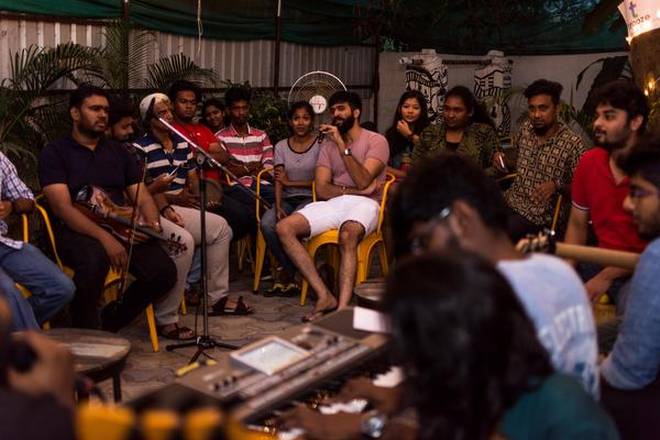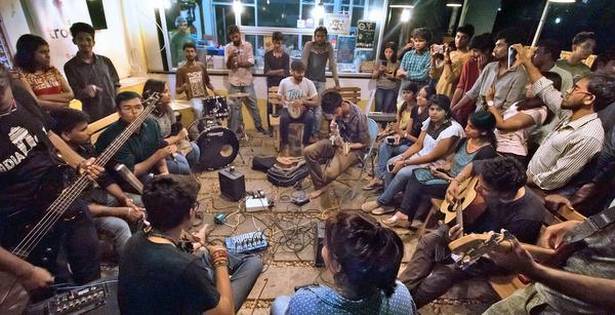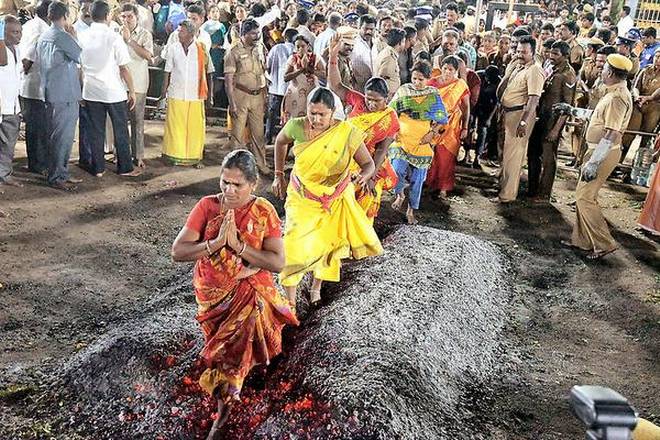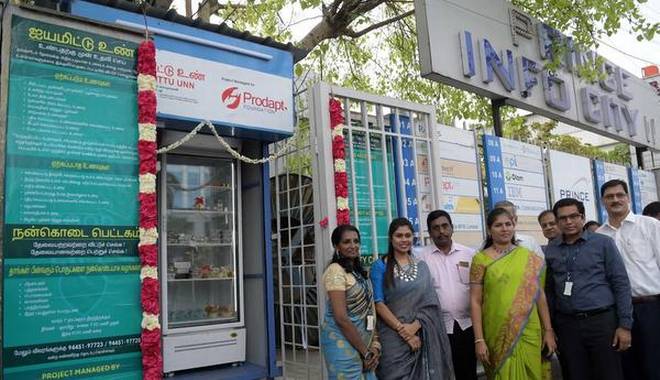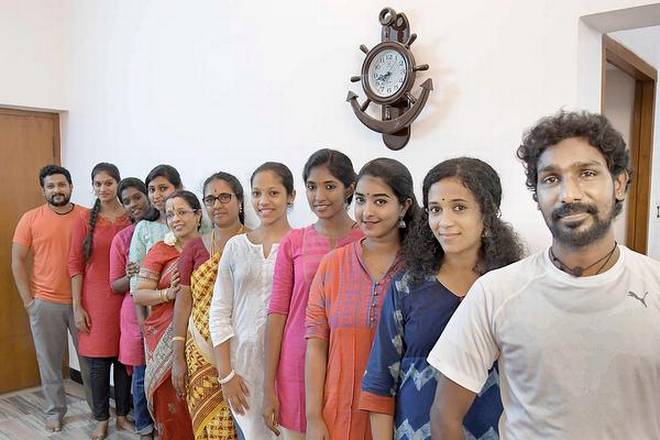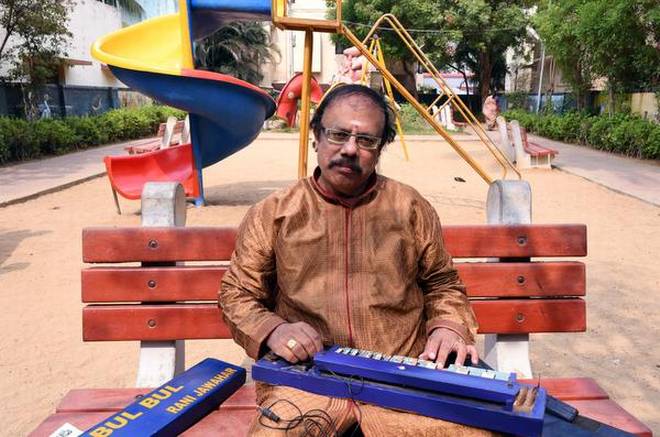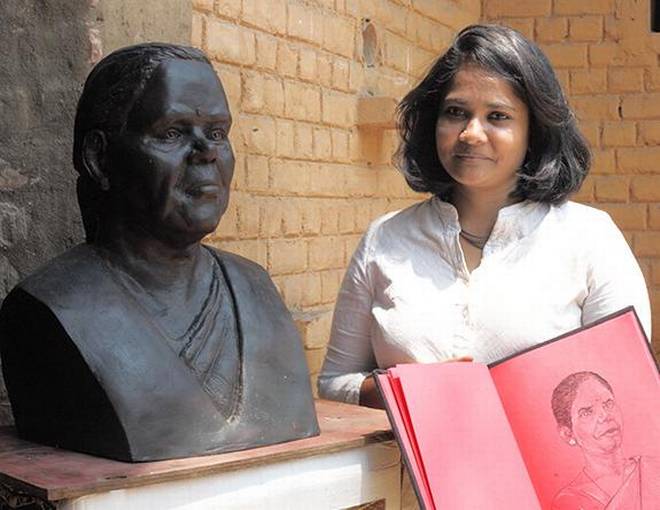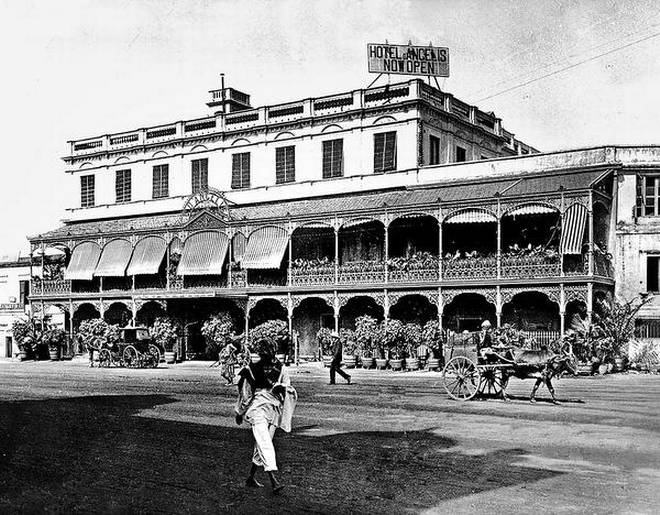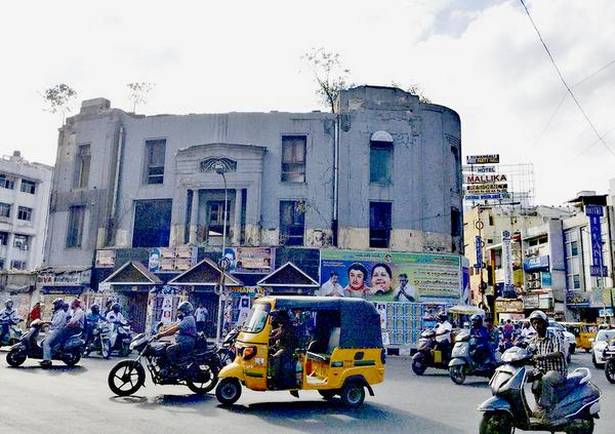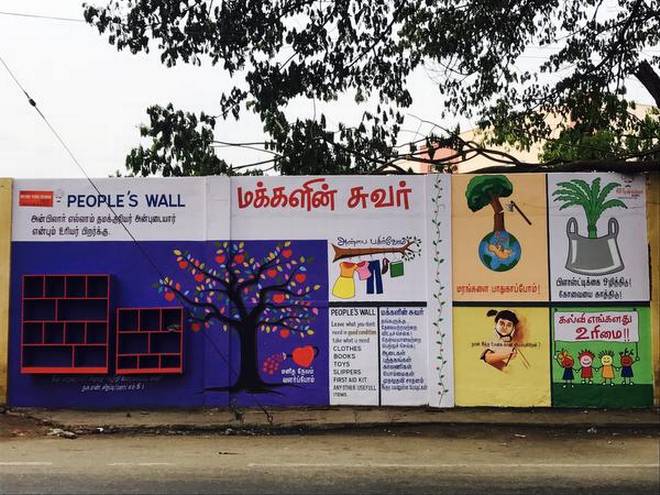Music collaboration startup Trooze is bringing together up-and-coming indie musicians on one platform
An architect, an engineer and a student walked into a café. Hold on, this isn’t the beginning of a joke, but of a memorable evening at Aegam in Gowrivakkam near Tambaram. Over the weekend, Trooze, a newly-formed startup, brought together twenty-somethings from different fields with a common thread binding them: passion for music.
Founded by 21-year-old Eashwar Mathur, Trooze is aimed at supporting Chennai’s indie bands. It organised a jamming session for musicians to connect and collaborate with each other. “A lot of indie artistes are from the same locality, but there is no space for them to meet and collaborate. That’s where Trooze comes in,” he says.
Given the rapport the musicians built just half-an-hour into the jamming session, it was hard to believe that they were complete strangers. As song segued into another song, they gradually became familiar with each other’s styles. Once they were comfortable enough, they shared their own compositions.
Twenty-one-year-old Shivnesh Iyer is in animated conversation with C Surya. Moments ago, the two of them were having a song-off of sorts, coming up with random lyrics on the spot, set to the fast-paced beats of the cajon. Iyer, who started the band Vada Chennai Paiyan and Friends, is already getting invitations from others at the venue to jam with them at their house; his original folk-rock compositions have impressed quite a few. “At other venues, you are forced to sing covers of English songs. Here, I have the space to originals,” says Iyer.
Iyer is looking forward to collaborating with Srikrishnan S, a percussionist who was on the cajon. A student of ghatam player Vikku Vinayakram, Srikrishnan is quitting his IT job to join a music school. Srikrishnan’s cajon playing has attracted as many people as another member, Chandar K’s violin solos of A R Rahman’s songs.
Chandar specialises in incorporating violins into the trance music he makes. “I rely heavily on computers for producing music, but I had been looking for someone to do the vocals. I am looking forward to collaborating with the ones I have met here,” he says.
Mathur’s friends were struggling indie artistes during their college days. Mathur, freshly out of college, started Trooze in June 2017 to help them out. “We collaborate with venues in the city to provide a platform for artistes to meet and also for bands to play gigs.”
Trooze also helps musicians who have collaborated through it in making videos and marketing them. However, as startups go, this one is barely breaking even. “As of now, we try not to ticket events. Financing the sound systems is a challenge then,” says Mathur. He is hoping things might change with the introduction of an app he is working on. “The app will act as a connecting platform for indie musicians exclusively,” he says.
You don’t know where you might find your soulmate, but a bandmate? Perhaps, this could be the place.
(The startup will be hosting another event on April 7 at 6.30 pm at the Urban Desi House in Thoraipakkam, where the bands Aatma and VadaChennai Paiyan will perform.)
source: http://www.thehindu.com / The Hindu / Home> Entertainment> Music / by Sweta Akundi / April 05th, 2018
